Every reader knows The Tale of Peter Rabbit. That mischievous little bunny in his iconic blue jacket has been sneaking into Mr. McGregor’s garden for generations. But what if Peter had never made it out of the burrow? What if Beatrix Potter had given up after being told, time and time again, that her little rabbit just wasn’t good enough?
Because that’s precisely what happened—before Peter Rabbit became a literary icon, publishers turned it down—multiple times. Over and over again, the response was the same: No thanks. Not interested. This won’t sell.
But Beatrix Potter wasn’t one to be discouraged easily. In an era when women weren’t exactly encouraged to pursue careers—let alone publish books—she refused to take no for an answer. Instead of giving up, she self-published her book.
Yes, you read that right. Before Amazon made self-publishing mainstream, before indie authors had Facebook groups and Kickstarter campaigns, Beatrix Potter printed 250 copies of her book using her own money in 1901. It was a bold move, and in many ways, a revolutionary one.
So, how did a rejected children’s book become a literary empire?
It all started with a simple story Potter wrote in a letter. In 1893, she sent an illustrated note to a young boy, the son of her former governess, who was sick. To cheer him up, she scribbled down a tale about a naughty rabbit named Peter and his forbidden adventure in Mr. McGregor’s garden.
The boy loved it. So did his mother. And she wasn’t the only one—soon, Potter’s family and friends urged her to turn the letter into a real book.
An accomplished artist and naturalist, Potter spent years perfecting the story and illustrations. By 1900, she felt confident enough to send it to publishers.
And the rejection letters poured in.
Some publishers weren’t interested in children’s books. Others thought her illustrations were too simple. Some didn’t know a rabbit in a blue coat was marketable.
Any reasonable person might have sighed, packed up the manuscript, and moved on. But not Beatrix Potter. She decided that if publishers didn’t believe in Peter Rabbit, she’d take a chance on him herself.
Printing books wasn’t cheap, and Potter wasn’t rolling in wealth. But she had a plan. She saved up her own money and arranged for a small print run—just 250 copies—to be produced in December 1901.
She personally oversaw every detail of the printing process. She wanted the book to be small enough for a child to hold, unlike the large, cumbersome children’s books of the time. She insisted on her black-and-white illustrations, rather than the expensive color images publishers had demanded.
And then she did what every indie author can relate to—she hustled.
She sent copies to friends and family. She gave some away. She found ways to sell others. And word spread.
By February 1902, demand had grown so much that she ordered another print run.
Suddenly, the same publishers who had once turned her down were taking notice. One in particular—Frederick Warne & Co.—changed its tune. They agreed to publish The Tale of Peter Rabbit on one condition: Potter had to add color illustrations.
She agreed, and in October 1902, The Tale of Peter Rabbit was officially released.
It was an instant success.
That first year, the book sold 20,000 copies. Within a few years, it had reached millions of children. Potter followed it up with more books—The Tale of Squirrel Nutkin, The Tale of Jemima Puddle-Duck, The Tale of Tom Kitten—and an entire literary empire was born.
Potter didn’t just become a famous author; she became a savvy businesswoman. She was one of the first authors to merchandise her characters, designing Peter Rabbit dolls, board games, wallpaper, and even tea sets.
And she never forgot her love for nature. With the wealth she earned from her books, she bought farmland in England’s Lake District. Over time, she preserved thousands of acres, ensuring that the beautiful countryside she adored would remain untouched for generations.
Beatrix Potter could have let rejection crush her dreams. She could have tucked her manuscript away in a drawer, convinced that publishers knew best. But she didn’t. She believed in her story, and when no one else would take a chance on it, she took a chance on herself.
Today, The Tale of Peter Rabbit has sold more than 45 million copies worldwide. It has been translated into over 35 languages. It remains one of the bestselling children’s books of all time.
Not bad for a story that was once considered unpublishable.
So, the next time you read The Tale of Peter Rabbit, remember the real hero of the story—Beatrix Potter, a woman who refused to let “no” be the final word.
And maybe take a page out of her book: If you believe in something, keep going. Even if the world tells you no.
Because sometimes, the best stories—the ones that last for generations—just need a little persistence.
By joining Readers and Writers Book Club, you’re not just discovering great books—you’re helping authors create life-changing stories. Join today and be part of something meaningful.
We Don’t Want to Write the Laws; We Want to Publish the Books
Publication Consultants: The Synonym for Book Publishing—https://publicationconsultants.com



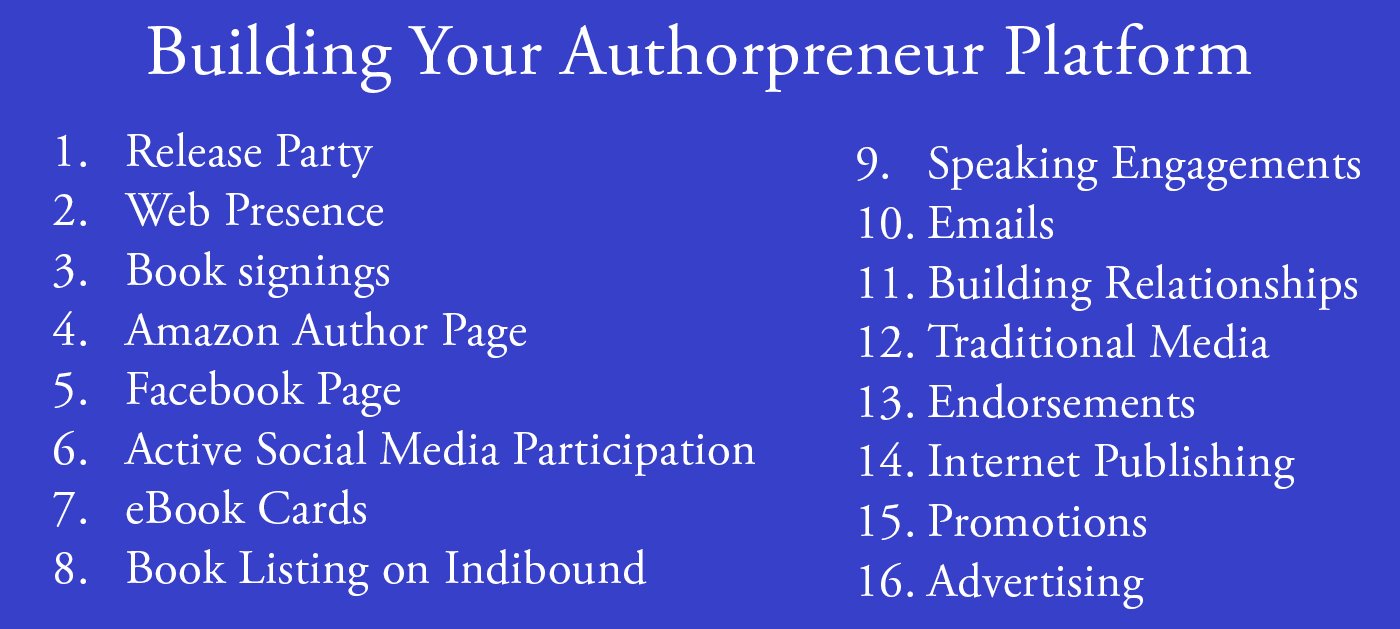
 This is Publication Consultants’ motivation for constantly striving to assist authors sell and market their books. Author Campaign Method (ACM) of sales and marketing is Publication Consultants’ plan to accomplish this so that our authors’ books have a reasonable opportunity for success. We know the difference between motion and direction. ACM is direction! ACM is the process for authorpreneurs who are serious about bringing their books to market. ACM is a boon for them.
This is Publication Consultants’ motivation for constantly striving to assist authors sell and market their books. Author Campaign Method (ACM) of sales and marketing is Publication Consultants’ plan to accomplish this so that our authors’ books have a reasonable opportunity for success. We know the difference between motion and direction. ACM is direction! ACM is the process for authorpreneurs who are serious about bringing their books to market. ACM is a boon for them. Release Party
Release Party Web Presence
Web Presence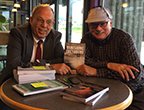 Book Signings
Book Signings Facebook Profile and Facebook Page
Facebook Profile and Facebook Page Active Social Media Participation
Active Social Media Participation Ebook Cards
Ebook Cards The Great Alaska Book Fair: October 8, 2016
The Great Alaska Book Fair: October 8, 2016


 Costco Book Signings
Costco Book Signings eBook Cards
eBook Cards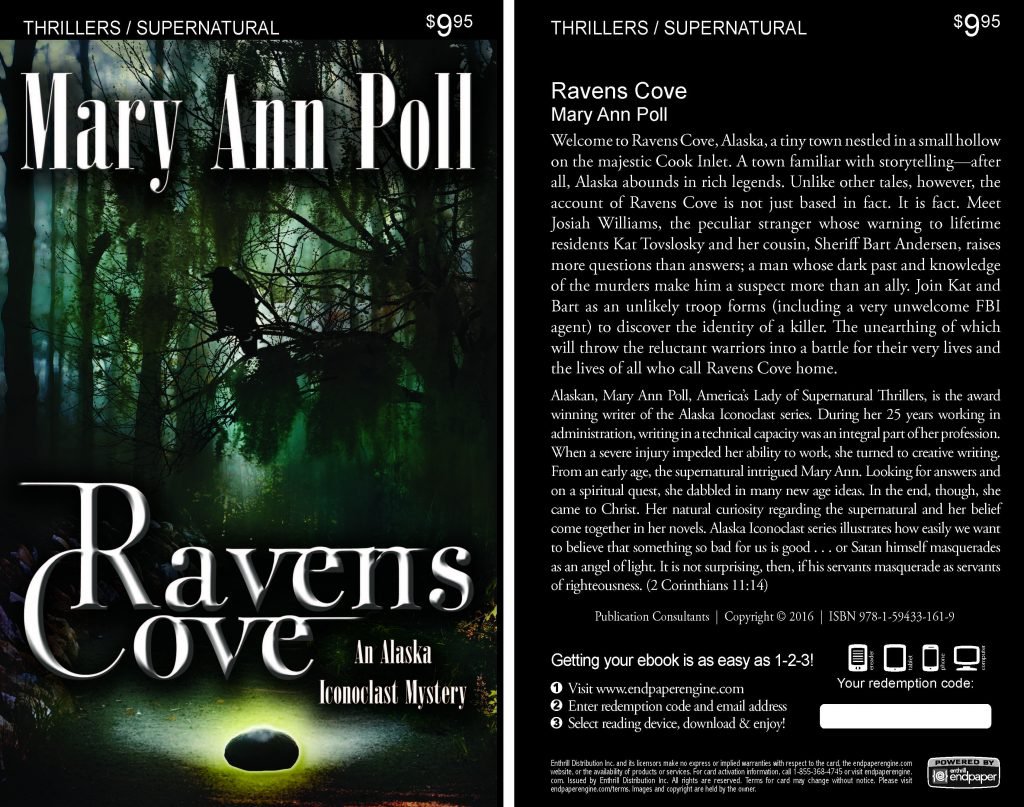

 Benjamin Franklin Award
Benjamin Franklin Award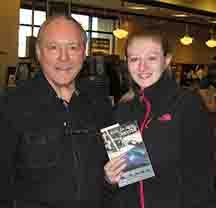 Jim Misko Book Signing at Barnes and Noble
Jim Misko Book Signing at Barnes and Noble
 Cortex is for serious authors and will probably not be of interest to hobbyists. We recorded our Cortex training and information meeting. If you’re a serious author, and did not attend the meeting, and would like to review the training information, kindly let us know. Authors are required to have a Facebook author page to use Cortex.
Cortex is for serious authors and will probably not be of interest to hobbyists. We recorded our Cortex training and information meeting. If you’re a serious author, and did not attend the meeting, and would like to review the training information, kindly let us know. Authors are required to have a Facebook author page to use Cortex. Correction:
Correction: This is Publication Consultants’ motivation for constantly striving to assist authors sell and market their books. ACM is Publication Consultants’ plan to accomplish this so that our authors’ books have a reasonable opportunity for success. We know the difference between motion and direction. ACM is direction! ACM is the process for authors who are serious about bringing their books to market. ACM is a boon for serious authors, but a burden for hobbyist. We don’t recommend ACM for hobbyists.
This is Publication Consultants’ motivation for constantly striving to assist authors sell and market their books. ACM is Publication Consultants’ plan to accomplish this so that our authors’ books have a reasonable opportunity for success. We know the difference between motion and direction. ACM is direction! ACM is the process for authors who are serious about bringing their books to market. ACM is a boon for serious authors, but a burden for hobbyist. We don’t recommend ACM for hobbyists.

 We’re the only publisher we know of that provides authors with book signing opportunities. Book signing are appropriate for hobbyist and essential for serious authors. To schedule a book signing kindly go to our website, <
We’re the only publisher we know of that provides authors with book signing opportunities. Book signing are appropriate for hobbyist and essential for serious authors. To schedule a book signing kindly go to our website, < We hear authors complain about all the personal stuff on Facebook. Most of these complaints are because the author doesn’t understand the difference difference between a Facebook profile and a Facebook page. Simply put, a profile is for personal things for friends and family; a page is for business. If your book is just a hobby, then it’s fine to have only a Facebook profile and make your posts for friends and family; however, if you’re serious about your writing, and it’s a business with you, or you want it to be business, then you need a Facebook page as an author. It’s simple to tell if it’s a page or a profile. A profile shows how many friends and a page shows how many likes. Here’s a link <> to a straight forward description on how to set up your author Facebook page.
We hear authors complain about all the personal stuff on Facebook. Most of these complaints are because the author doesn’t understand the difference difference between a Facebook profile and a Facebook page. Simply put, a profile is for personal things for friends and family; a page is for business. If your book is just a hobby, then it’s fine to have only a Facebook profile and make your posts for friends and family; however, if you’re serious about your writing, and it’s a business with you, or you want it to be business, then you need a Facebook page as an author. It’s simple to tell if it’s a page or a profile. A profile shows how many friends and a page shows how many likes. Here’s a link <> to a straight forward description on how to set up your author Facebook page.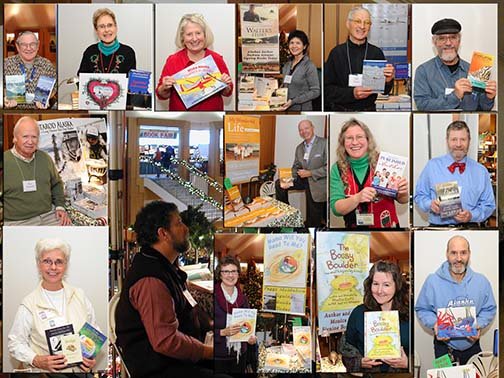



 Mosquito Books has a new location in the Anchorage international airport and is available for signings with 21 days notice. Jim Misko had a signing there yesterday. His signing report included these words, “Had the best day ever at the airport . . ..”
Mosquito Books has a new location in the Anchorage international airport and is available for signings with 21 days notice. Jim Misko had a signing there yesterday. His signing report included these words, “Had the best day ever at the airport . . ..”


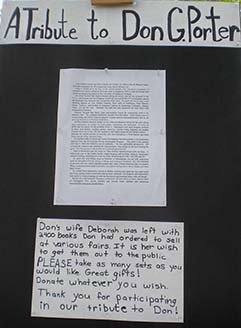
 The Lyin Kings: The Wannabe World Leaders
The Lyin Kings: The Wannabe World Leaders
 Time and Tide
Time and Tide


 ReadAlaska 2014
ReadAlaska 2014 Readerlink and Book Signings
Readerlink and Book Signings
 2014 Independent Publisher Book Awards Results
2014 Independent Publisher Book Awards Results

 Bonnye Matthews Radio Interview
Bonnye Matthews Radio Interview
 Rick Mystrom Radio Interview
Rick Mystrom Radio Interview When he published those overseas blogs as the book The Innocents Abroad, it would become a hit. But you couldn’t find it in bookstores.
When he published those overseas blogs as the book The Innocents Abroad, it would become a hit. But you couldn’t find it in bookstores. More NetGalley
More NetGalley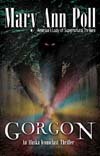 Mary Ann Poll
Mary Ann Poll
 Bumppo
Bumppo
 Computer Spell Checkers
Computer Spell Checkers Seven Things I Learned From a Foreign Email
Seven Things I Learned From a Foreign Email 2014 Spirit of Youth Awards
2014 Spirit of Youth Awards Book Signings
Book Signings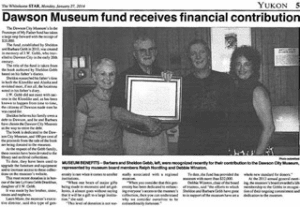

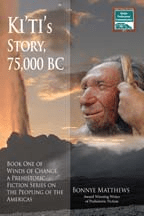
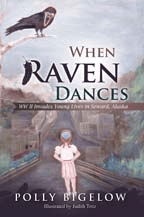 Blog Talk Radio
Blog Talk Radio Publication Consultants Blog
Publication Consultants Blog Book Signings
Book Signings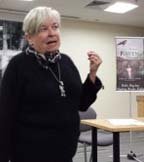
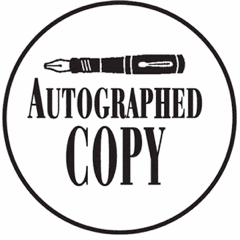
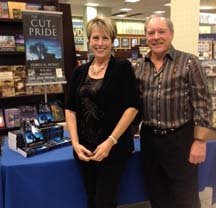

 Don and Lanna Langdok
Don and Lanna Langdok Ron Walden
Ron Walden Book Signings Are Fun
Book Signings Are Fun Release Party Video
Release Party Video
 Erin’s book,
Erin’s book,  Heather’s book,
Heather’s book,  New Books
New Books